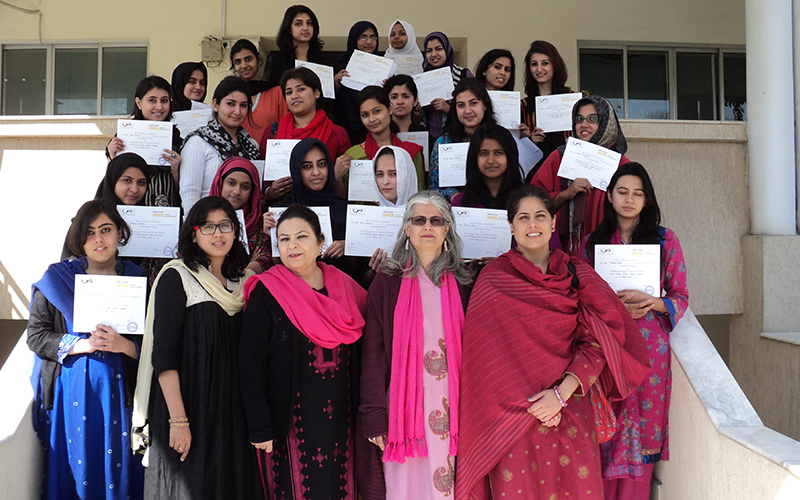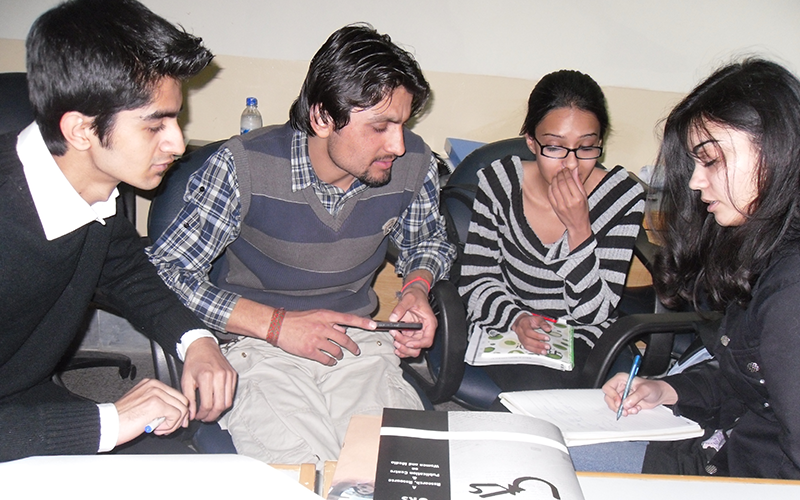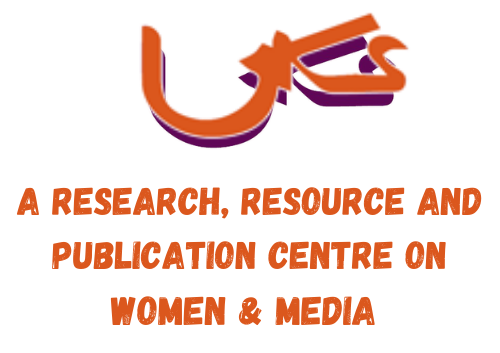Why Monitor Media
Why Monitor Media
To usher Pakistan’s women and other genders into the modern world it is imperative to bring about a change in how society views them and to empower them to play their role in the country’s progress. The media is a powerful tool that can be used to dispel ingrained biases against the genders and change how they are viewed.
Media Sends Out A Strong Message To Society
The liberalization of Pakistan’s media in 2002 led to an explosion of local, privately-owned satellite television channels. Soon after liberalization the media grew to become an extremely vibrant and influential tool which played a critical role in influencing public opinion.
At Uks we monitor the human rights- and gender-based stories that are told through the media. We believe that media has a strong impact on society and culture. Media sends out a strong message about what matters in society,
At 31.6%, Pakistan is one of the countries with the largest economic gender gaps.
Only 22.6% women in Pakistan, work in the labour market. The average income of Pakistan’s women is 16% below of that of an average man. The female literacy rate is only 46.5%. The country has an excess female mortality rates because of neglect and sex selection practices
Pakistani women continue to have uneven access to health. In the political arena women are underrepresented with just 10.7%* of the ministers being women.
Media is a powerful agent of change and a powerful medium of advocacy for gender equality. It can be used to reinforce stereotypes about women and their roles in society or it can be used to portray women and other genders as a diverse group of individuals that are contributing to create a healthy society.
Positive images of women and other genders in the media create healthy role models for society. Positive and balanced gender representation can mean that young girls can get educated with support from their parents and society. It can mean that they grow up to pursue meaningful careers and balanced relationships.

Healthy and balanced gender representation in media can change:

Representation of women
There is no doubt that women are underrepresented in media the world over. There is also a scarcity of women that are in charge of media. Underrepresentation implies that men are the norm and women are unimportant or invisible.

Stereo types about women and men
The media often reinforce cultural ideals of masculinity and feminity. Men are often portrayed as tough and in control, while women are usually portrayed as dependant on men and occupying themselves only in housework.

Violence against
women
Media often shows male aggression and female passivity in a positive light. Gender-based violence that is depicted in the media can lead to a tolerance and even approval of violence against women.
How do we tackle an imbalance of gender representation in media?
Uks works closely with local and international donors to monitor print, electronic and digital media to work on various themes surrounding gender roles. We monitor the media, conduct ground research and use the data to create reports on gender-related issues. We use the findings for greater gender sensitivity in the media by creating awareness-raising content, material for advocacy with media houses and training programmes for media personnel.

